US initial jobless claims dropped -10k to 281k in the week ending October 23, slightly better than expectation of 289k. That’s the lowest level since March 14, 2020. Four-week moving average of initial claims dropped -21k to 299k, lowest since March 14, 2020 too.
Continuing claims dropped -237k to 2243k in the week ending October 16, lowest since March 14, 2020. Four-week moving average of continuing claims dropped -142k to 2513k, lowest since March 21, 2020.




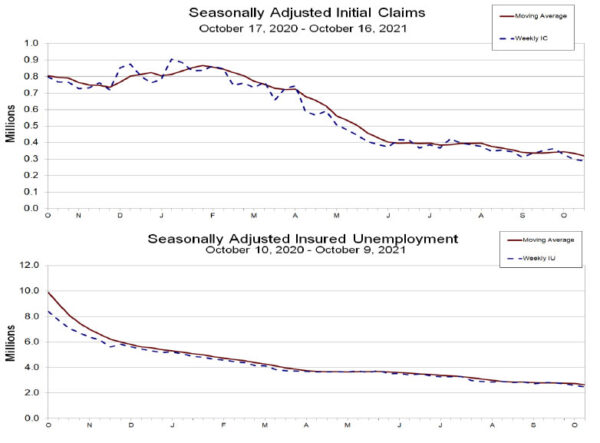

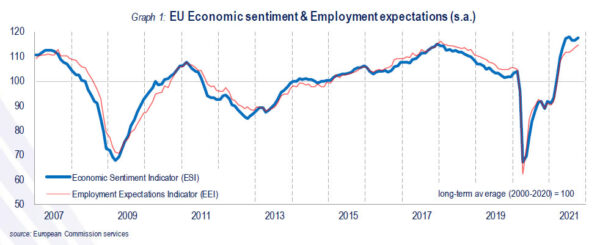
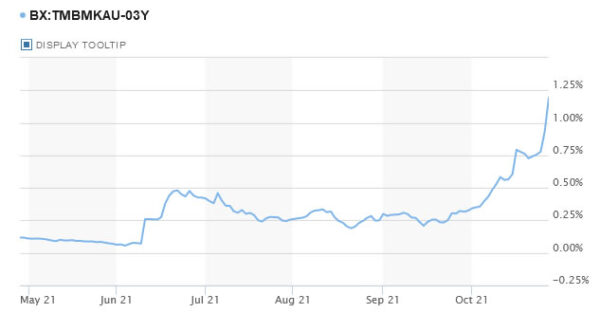
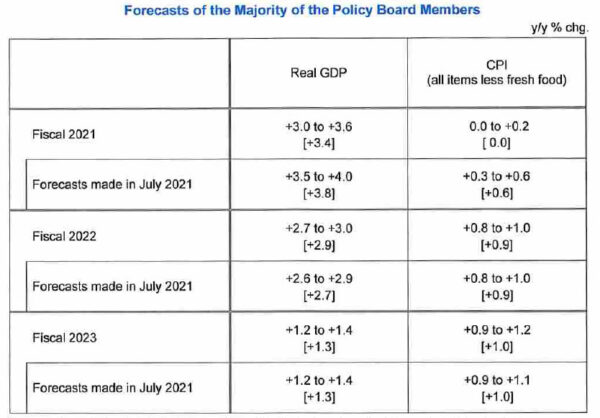
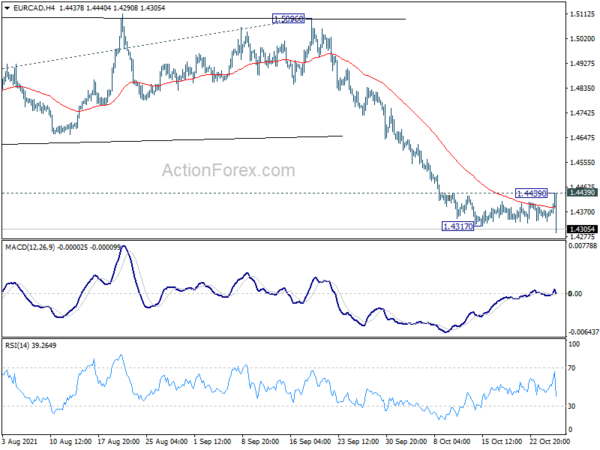

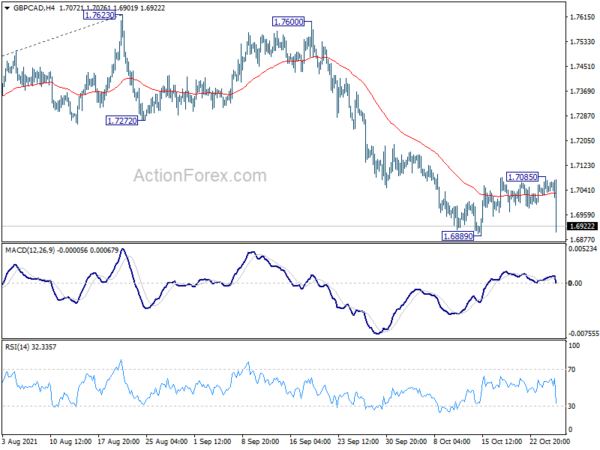
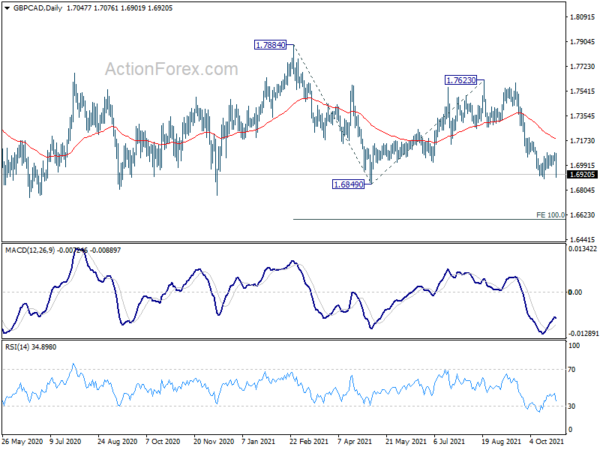
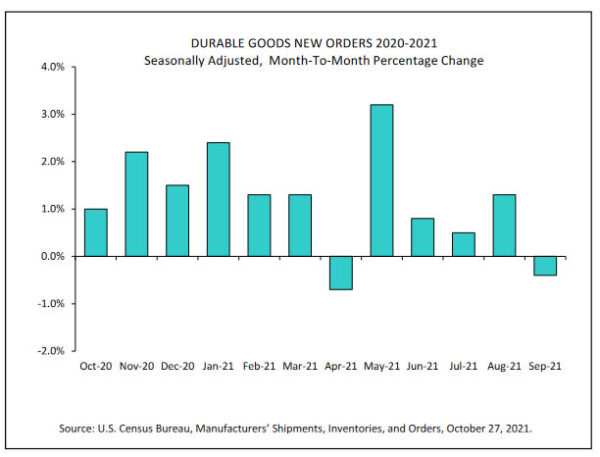
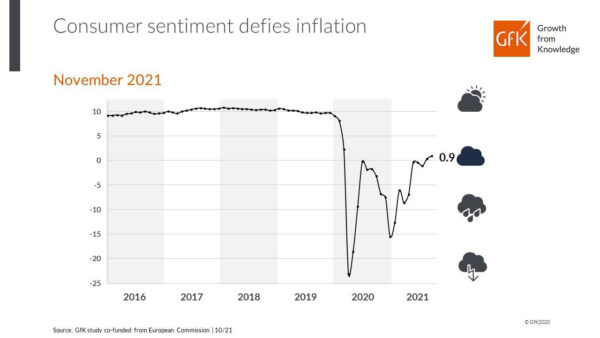
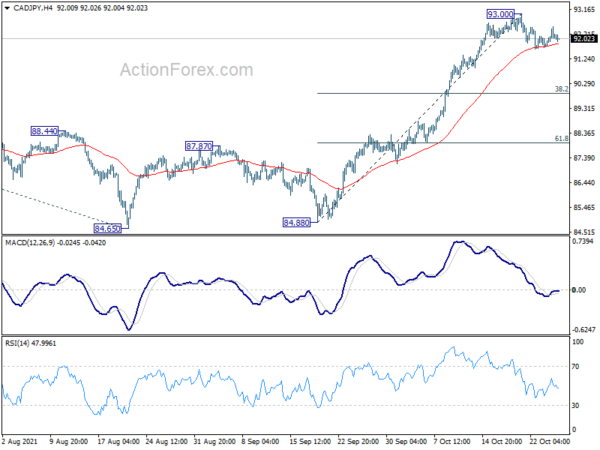
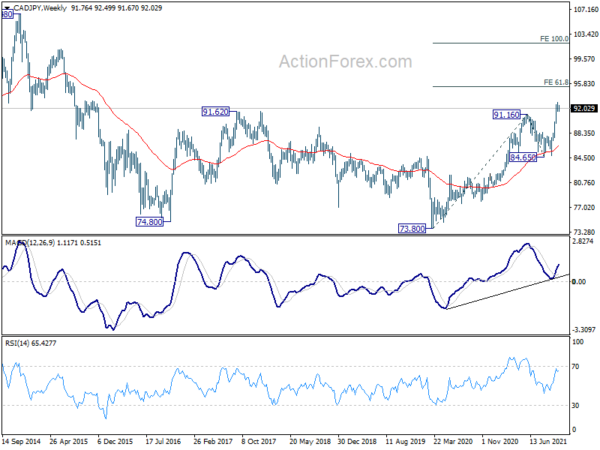
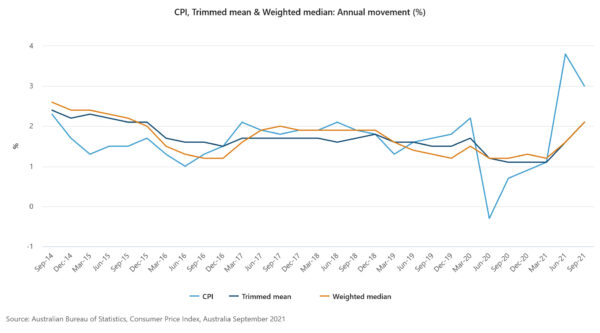
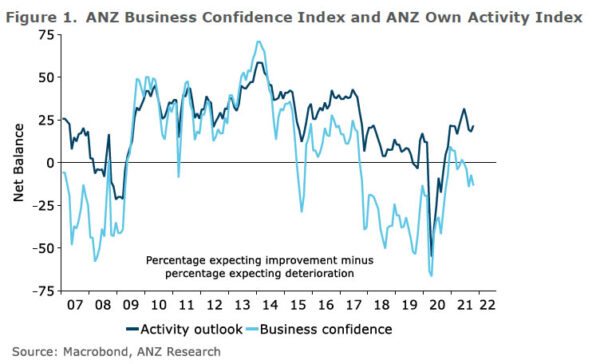
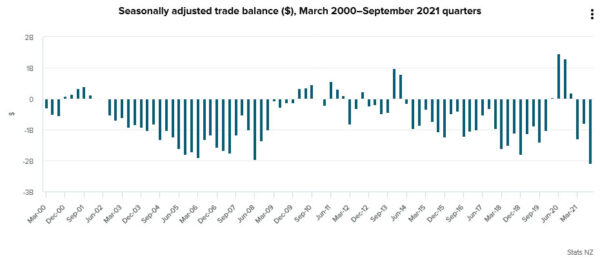
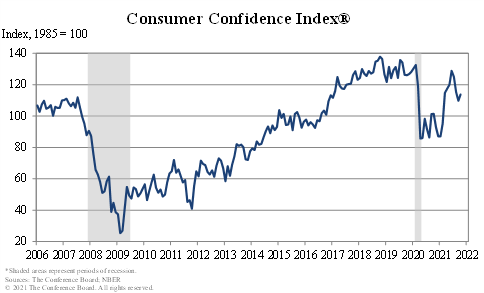
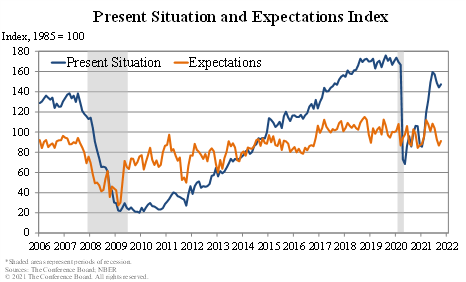

US GDP grew 2.0% annualized in Q3, missed expectations
US GDP grew 2.0% annualized in Q3, below expectation of 2.6%. The increase in real GDP in the third quarter reflected increases in private inventory investment, personal consumption expenditures (PCE), state and local government spending, and nonresidential fixed investment that were partly offset by decreases in residential fixed investment, federal government spending, and exports. Imports, which are a subtraction in the calculation of GDP, increased.
Full release here.